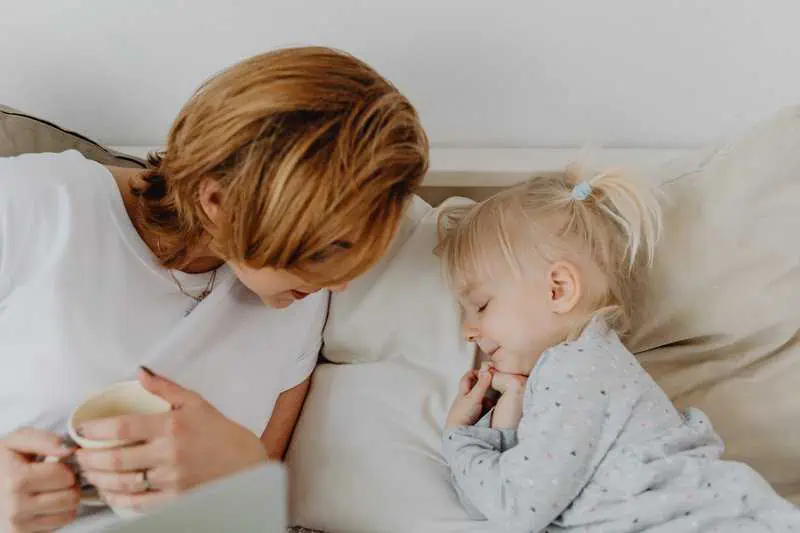
When a child is showing signs of sleep apnea, it is important to understand what dynamics may be playing a part in their airway dysfunction. There are even Myofunctional Therapy techniques that can be incorporated into a child’s treatment. They’re designed to use neuromuscular repatterning so that your child enjoys an improvement in breathing, swallowing, and muscle function. This creates more space for healthy adult teeth to grow and to help keep their bite right!
What is Pediatric Sleep Apnea?
Pediatric sleep apnea is a sleep disorder characterized by interruptions in breathing during sleep. It occurs in children and can have significant effects on their health and development. There are two main types:
There’s a lot to learn, but under the expert guidance of Dr. Lee, you and your family are always in the best hands.
What Are Common Symptoms in Children?
Identifying sleep apnea in children can be challenging, but we have non-invasive methods of recognizing some common signs and symptoms at our Madison dental office that include:
Anything from this list sound familiar? Give us a call!
What Are Pediatric Sleep Apnea Causes and Risk Factors?
There are several health issues or factors that could possibly contribute to pediatric sleep apnea, including:
Your family history or genetics can even play a role, so it’s important to let Dr. Lee knows about anything that might be relevant.
How Does Sleep Apnea Impact Child Development?
Pediatric sleep apnea can impact a child’s development and overall health. It can lead to:
What is a Pediatric Sleep Evaluation and Diagnosis Like?
The unique thing about our dental office in Madison is that Dr. Lee obtained Diplomate status with the American Academy of Dental Sleep Medicine, making her a Preferred Sleep Medicine Provider. The requirements to become a Diplomate are rigorous, requiring extensive training, case studies, and tests to achieve this rare level of expertise.
It’s important for all parents and caregivers to know that diagnosing pediatric sleep apnea typically involves:
What Are Pediatric Sleep Apnea Treatment Options?
Treatment for pediatric sleep apnea depends on its severity and underlying causes:
There’s no real way to best help your little other than by scheduling a visit at our Madison dental office with Dr. Lee. She’s here to help you and your kiddo!
What About Sleep Apnea and the Role of Healthy Sleep Habits?
Any medical professional can tell you that encouraging healthy sleep habits is crucial for managing sleep apnea. Here are some things to keep in mind for your child:
It’s also good to understand that living with pediatric sleep apnea is 100% possible. Managing it can require regular follow-ups with our dentist in Madison to monitor progress and response to treatments. By reading this blog, you’re already helping out because you’re taking the time to make the effort to understand the condition and its management for more adequate support.
Why Is It Important to Focus On Prevention and Early Intervention?
While some risk factors like genetics cannot be altered, certain measures can reduce the risk of pediatric sleep apnea:
In conclusion, understanding and managing pediatric sleep apnea involves a multi-faceted approach that includes early recognition of symptoms, proper diagnosis, tailored treatment, and fostering healthy sleep habits. Timely intervention plays a crucial role in mitigating the impact of sleep apnea on a child’s development and overall well-being.
The good news is that we can treat everyone from kids to adults. Sleep apnea is usually curable in kids and treatable in adults. Dr. Lee works closely with an orthodontist, an ENT, and Sleep Specialists to determine what treatment would be most beneficial to each patient. We want to hear from you! Contact us or give our dental office in Madison a call today.